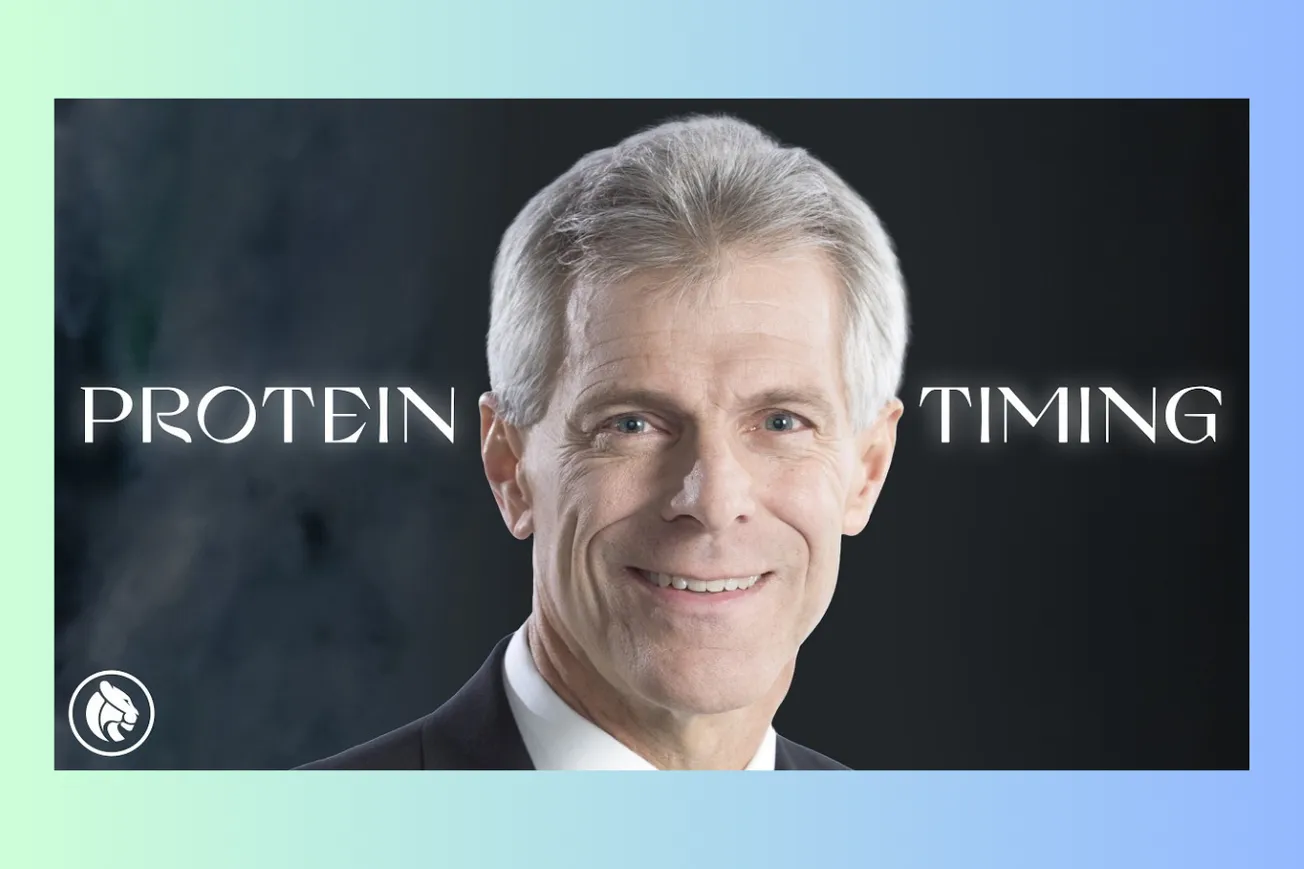Skip to content
Master Your Sleep & Be More Alert When Awake | Episode 2
Key Takeaways Sleep and wakefulness are interconnected states that govern all aspects of mental and physical health Light exposure is the most powerful tool for regulating sleep-wake cycles - morning sunlight viewing (without sunglasses) is critical for proper circadian rhythm alignment Two primary forces control sleep: adenosine (sleep pressure that builds with wakefulness) and circadian rhythm (your body's 24-hour internal clock) Optimizing your sleep environment, controlling light exposure, and implementing specific relaxation techniques can dramatically improve sleep quality Non-Sleep Deep Rest (NSDR) practices like yoga nidra and meditation can help reset alertness and improve sleep quality
The Science of Sleep and Wakefulness Sleep and wakefulness are tethered systems - what we do when awake impacts when we fall asleep, sleep quality, and how we feel upon waking Sleep is a period where we're disconnected from external sensory experiences but critical internal processes occur Sleep quality resets our ability to be focused, alert, and emotionally stable during wakefulness The podcast focuses more on practical tools for better sleep rather than just sleep biology Two Key Forces Governing Sleep Adenosine: Chemical that builds up the longer we're awakeCreates "sleep hunger" - the longer you're awake, the sleepier you feel Caffeine blocks adenosine receptors, preventing sleepiness temporarily Individual tolerance to caffeine varies significantly due to genetic differences in adenosine receptors When caffeine wears off, adenosine binds more strongly, causing a "crash" Circadian Rhythm: Our body's internal 24-hour clockGoverns when we feel sleepy or alert throughout the day Primarily regulated by light exposure, especially sunlight Morning cortisol release initiates wakefulness Evening melatonin release from the pineal gland promotes sleepiness These hormones should be properly timed (12-16 hours apart) for optimal health Light: The Primary Controller of Sleep-Wake Cycles Morning light viewing is crucial Special neurons in the eye (melanopsin ganglion cells) detect light and set the circadian clock These cells respond best to natural sunlight at low solar angle (early morning) Getting sunlight exposure within 30-60 minutes of waking is ideal 2-10 minutes of outdoor sunlight is sufficient for most people Viewing sunlight through windows is 50 times less effective than direct outdoor exposure No sunglasses - light must enter eyes directly (safely, never stare at the sun) Evening/night light exposure Evening light at sunset helps signal the end of the day to your body Avoid bright light (especially overhead) between 11pm-4am Late night light exposure delays your circadian clock, making it harder to wake up early Bright light at night suppresses dopamine release and can inhibit learning Keep lights low (not overhead) and dim in the evening Red light doesn't trigger these pathways and can be used at night Sleep-Supporting Behaviors and Environments Temperature regulation Cooler rooms generally promote better sleep Finding your optimal sleeping temperature is highly individual Evening light management Dim lights and position them lower in your environment (not overhead) Consider using candlelight, dim red lights, or very low lighting Blue light blocking glasses can help in evenings if you must use screens Managing caffeine intake Effects vary significantly between individuals based on genetic factors Some people can consume caffeine late and sleep fine, others can't have any after 11am Experiment to find your personal tolerance and timing cutoff Naps and Non-Sleep Deep Rest (NSDR) Short naps (20-30 minutes) can be beneficial for many people NSDR practices like yoga nidra and meditation provide rest without sleep These practices help transition from alertness to relaxation Can reset dopamine levels in the brain's striatum Useful both for improving nighttime sleep and restoring alertness during the day Supplements and Sleep Aids Dr. Huberman generally recommends optimizing behaviors first before trying supplements Potentially helpful supplements: Magnesium threonate (300-400mg, 30-60 min before bed) - helps promote GABA for sleep Theanine (100-200mg, 30-60 min before bed) - helps "turn off" the mind Apigenin (50mg) - chamomile derivative that promotes sleepinessNote: Can be a potent estrogen inhibitor, women should be cautious Melatonin cautions: Commercially available melatonin is poorly regulated (can be 15%-400% of labeled dose) Helps fall asleep but not stay asleep Suppresses onset of puberty in children May impact other hormone systems Strategies for Shifting Sleep Patterns To become an early riser: Get bright light exposure early in the day (phase advances your clock) Avoid bright light late at night (would delay your clock) Consider using timed lights that turn on 45-60 minutes before waking Bright light can penetrate closed eyelids and shift your clock forward To improve wakefulness during the day: Morning sunlight exposure is critical Time exercise and meals consistently during daylight hours Use non-sleep deep rest (NSDR) to reset alertness during afternoon slumps Special Considerations People with retinal disorders: Should be very cautious with bright light Can get light exposure through dimmer light for longer periods Shift workers: Face unique challenges that require specific protocols (to be discussed in future episodes) Light exposure management is critical but needs special timing adjustments For trouble falling asleep: Focus on controlling the body to control the mind (not vice versa) Utilize breathing practices, yoga nidra, or meditation Consider hypnosis techniques like those at reverihealth.com









